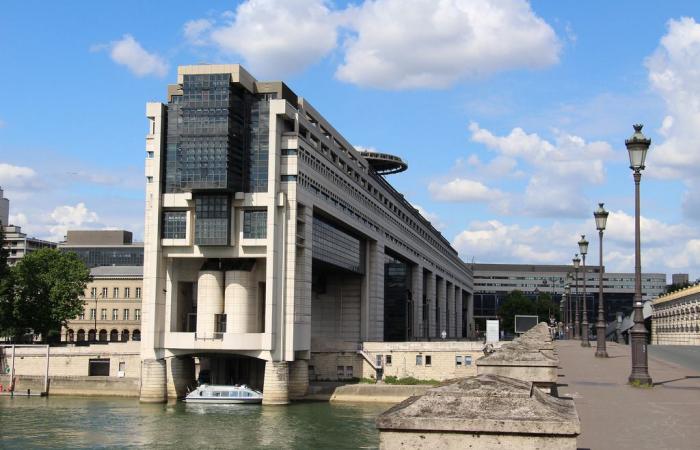With the new government barely formed, the question of pensions is coming back into the news through the wrong door, that of political controversy. The real debate should not revolve around the abolition, or not, of the Borne reform, which does not provide a lasting solution to the demographic and financial challenges, but concerns the share that pensions take in the public deficit.
With 338 billion euros in 2023, they constitute almost a quarter of public spending. Despite this, according to the “projections” provided by the Retirement Orientation Council (COR), a steering body dependent on Matignon, their balance would have been positive by 3 billion euros in 2023 and would become deficit of 5.8 billion in 2024. But, in recent years, different personalities, including the High Commissioner for Planning François Bayrou, the former Socialist Prime Minister Bernard Cazeneuve, Professor Rémi Pellet, member of the Council for Compulsory Deductions, or the former Inspector General of Finance and Director General of Taxes Jean-Pascal Beaufret, have shattered these optimistic forecasts. It appears from their various interventions that the real annual pension deficit is around 70 billion euros per year. And it thus dangerously increases the public debt: “From 2012 to 2017, pensions contributed to 434 billion euros of deficit, or 78% of the deficits of the period”writes Beaufret, in an article published by the journal Comment.
In theory, in a pay-as-you-go system, retirement pensions paid to older people should be financed by contributions levied on assets. But the French reality is much more complex. As Jean-Pascal Beaufret further observes, contributions actually only cover 66% of total pensions. The rest is financed for 14% by transferred taxes and, up to 20%, by the State, its operators (notably public companies), local authorities, public hospitals and other branches of social protection. Civil servant schemes thus benefit from 49 billion euros, in the form of additional contributions; other special schemes, of 8 billion euros; and the general scheme for private sector employees (CNAV) of 18 billion euros through exemptions from contributions and transfers from other branches of Social Security (family and unemployment).
Remember that the CNAV manages 22.3 million active contributors and 15.3 million pensioners, while the special schemes, including civil servants, bring together 4.5 million active contributors and 4.4 million pensioners. The share of subsidies granted to the latter (57 billion euros in total) is therefore considerable in proportion to the number of pensioners.
The State’s disguise of subsidies as pseudo-contributions also leads to aberrations. Thus, the balancing subsidy to the civil and military retirement pension system is calculated at the rate of 98% of salaries, while for private employees, the contribution rate in force (very real!) is 28%.
These artifices conceal a disturbing truth: contrary to what the official doxa claims, a large part of the French retirement system – the most expensive – does not operate on a pay-as-you-go basis. “Talking about a retirement system is also misleading, because the systems differ so profoundly from each other that we have to talk about several systems that co-exist”explains the Sauvegarde Retraites association. “Those of civil servants cannot even be described as retirement plans: in reality they are lifelong salaries, financed by tax and the level of which is guaranteed by the State at a minimum of 75% of the final salary, regardless of the contributions, which are fictitious. »
We must be grateful to Jean-Pascal Beaufret for sounding the alarm. In the absence of a fundamental reform, the public debt will continue to gallop and the rising generations will have to pay the interest, while financing the retirements of their elders and the foreseeable cost of old age. A real challenge!
Print, save or send this article






